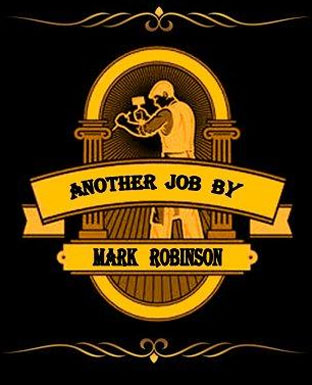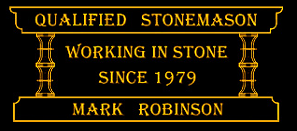Debenhams ~ Royal Parade, Plymouth.
Client : Debenhams.

Debenham’s origins started in 1778 when William Clark began trading at No 44 Wigmore Street in London as a drapers’ store. In 1813 William Debenham joined Thomas Clark forming a partnership. The partners later expanded the business such that it had stores on both sides of Wigmore Street, one known as Debenham & Clark and the other known as Clark & Debenham. When William Debenham Snr retired a new partnership was formed between his son, William Debenham Jnr, and Clement Freebody. This business became known as Debenhams, one of the largest retailers in the United Kingdom.
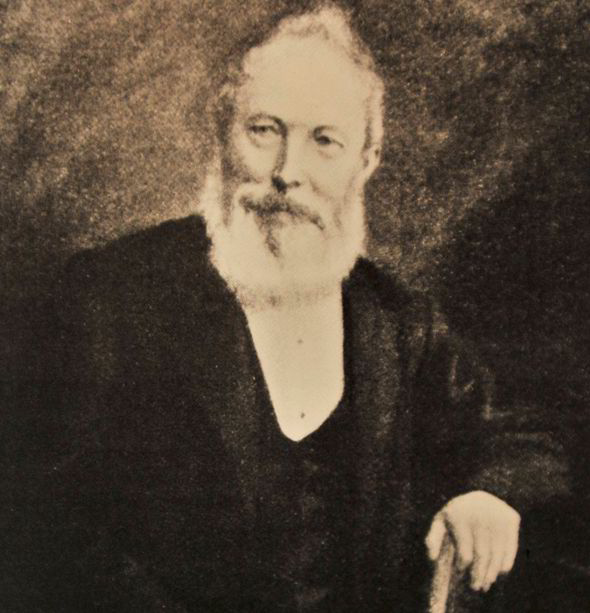
WILLIAM DEBENHAM 1794 – 1863.
We were contacted by Debenhams to carry out some stonework involving the stone columns that supported the cantilevered roof high up on the building. The steel within the stone columns had rusted out. The concrete roof was propped up, the Portland stone was taken down and set aside for re-use then the steel columns cut out. New steel was put into place and we then had to put back the Portland stone facings around the steel columns.
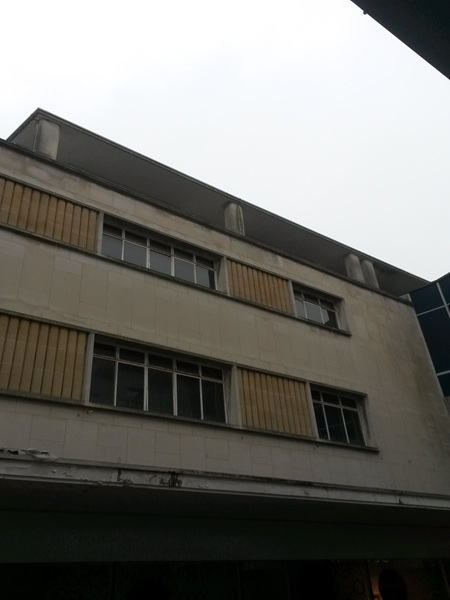
We replaced twelve in total columns supporting the roof.
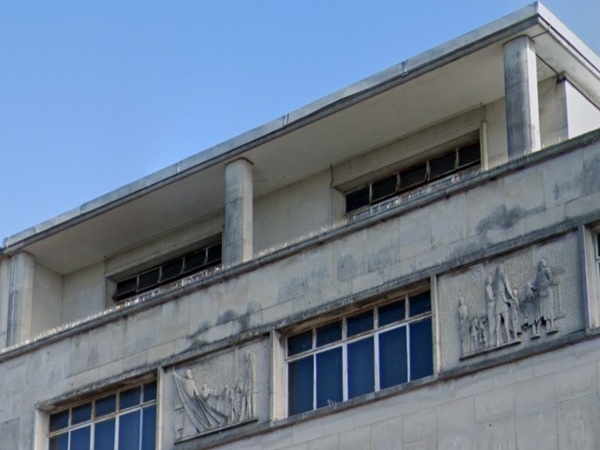
During the Second World War, outside of London, Plymouth had been the most heavily bombed city in the country, its Medieval centre was decimated during the Blitz. After the war, Plymouth City Council decided to completely rebuild the city centre, so, during the late 1940’s and early 1950’s, that is exactly what they did. Plans were submitted and ‘A Plan For Plymouth’ was selected by the renowned architect and leading town planner Sir Patrick Abercrombie. The new city centre was set out on a grid system of right angled streets with its buildings, clad in Portland stone, based on the ‘Beaux Arts’ style of architecture. This building along with the others that line Royal Parade are Grade II listed.
